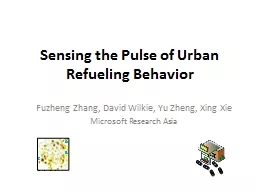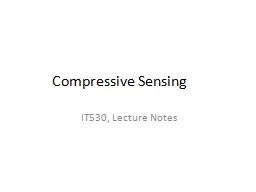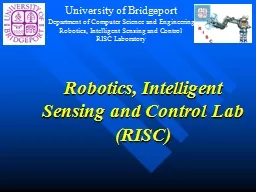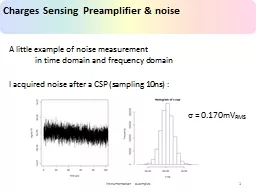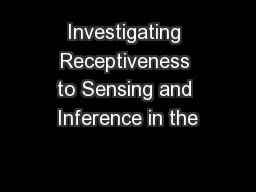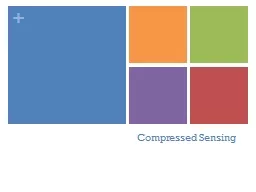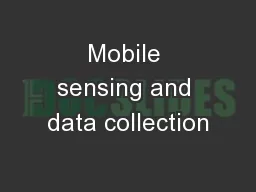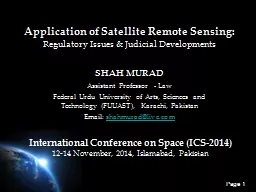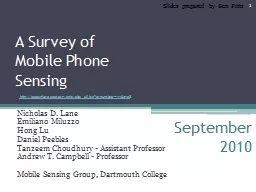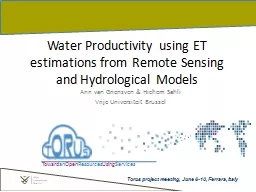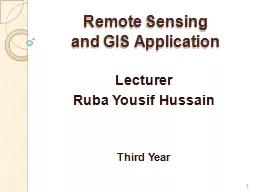PPT-Sensing the Pulse of Urban
Author : trish-goza | Published Date : 2019-03-19
Refueling Behavior Fuzheng Zhang David Wilkie Yu Zheng Xing Xie Microsoft Research Asia Questions How many liters of gas have been consumed in the past 1 hour
Presentation Embed Code
Download Presentation
Download Presentation The PPT/PDF document "Sensing the Pulse of Urban" is the property of its rightful owner. Permission is granted to download and print the materials on this website for personal, non-commercial use only, and to display it on your personal computer provided you do not modify the materials and that you retain all copyright notices contained in the materials. By downloading content from our website, you accept the terms of this agreement.
Sensing the Pulse of Urban: Transcript
Download Rules Of Document
"Sensing the Pulse of Urban"The content belongs to its owner. You may download and print it for personal use, without modification, and keep all copyright notices. By downloading, you agree to these terms.
Related Documents

